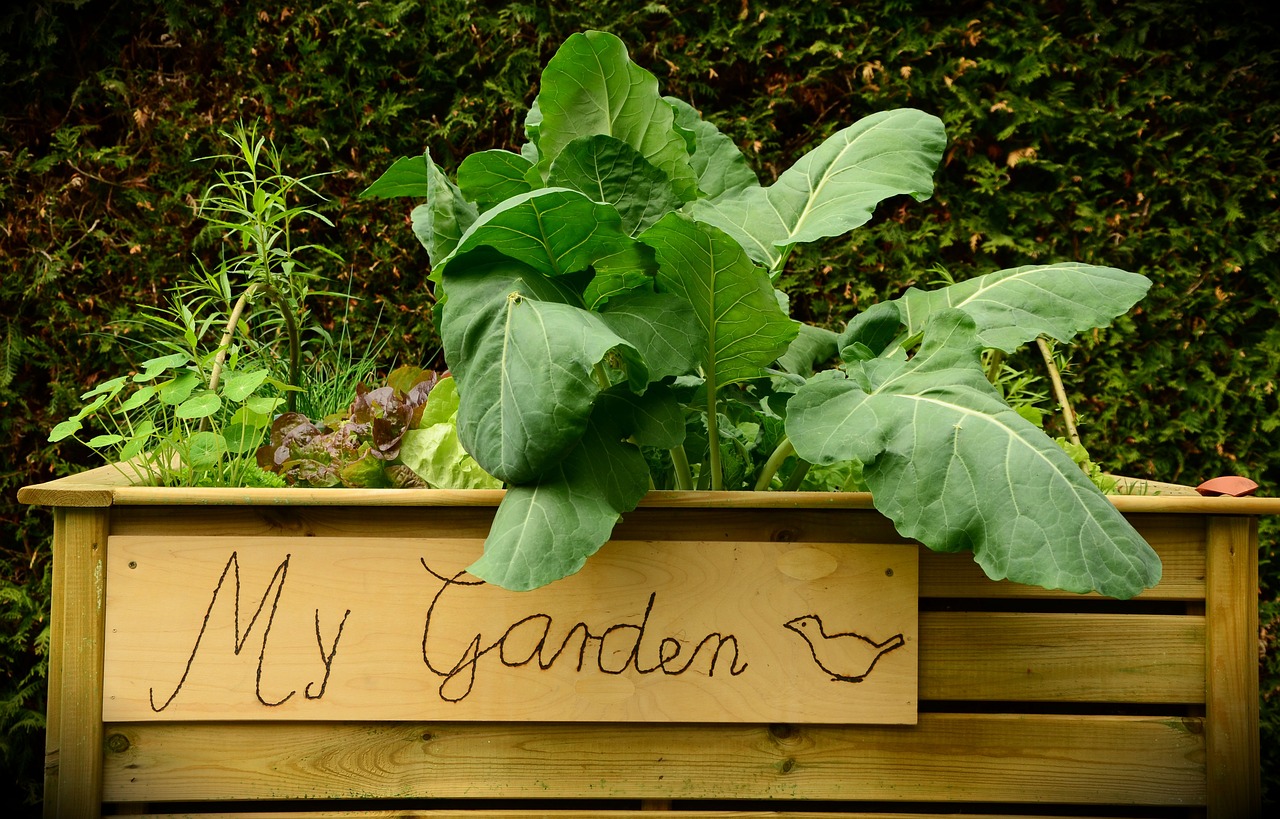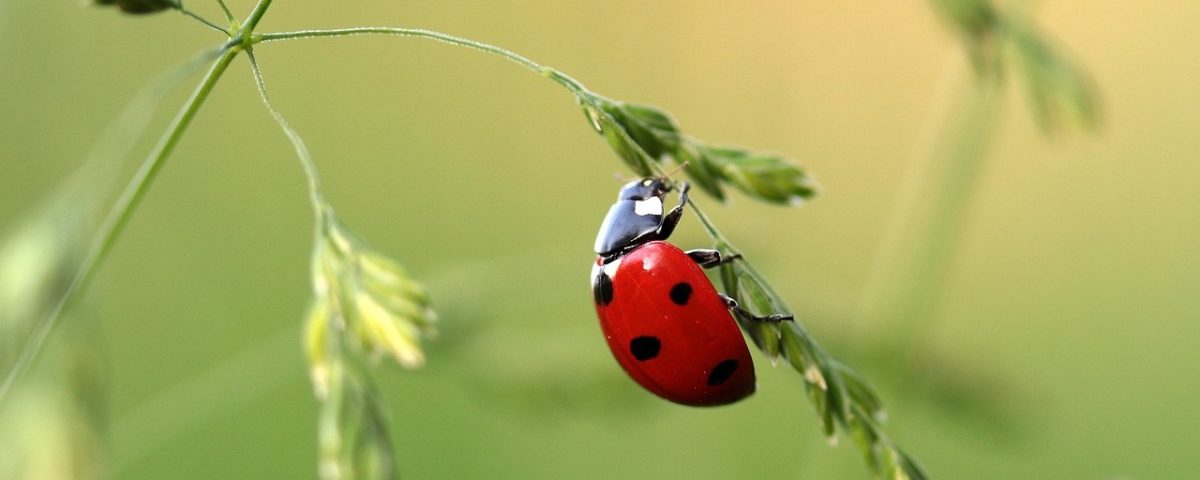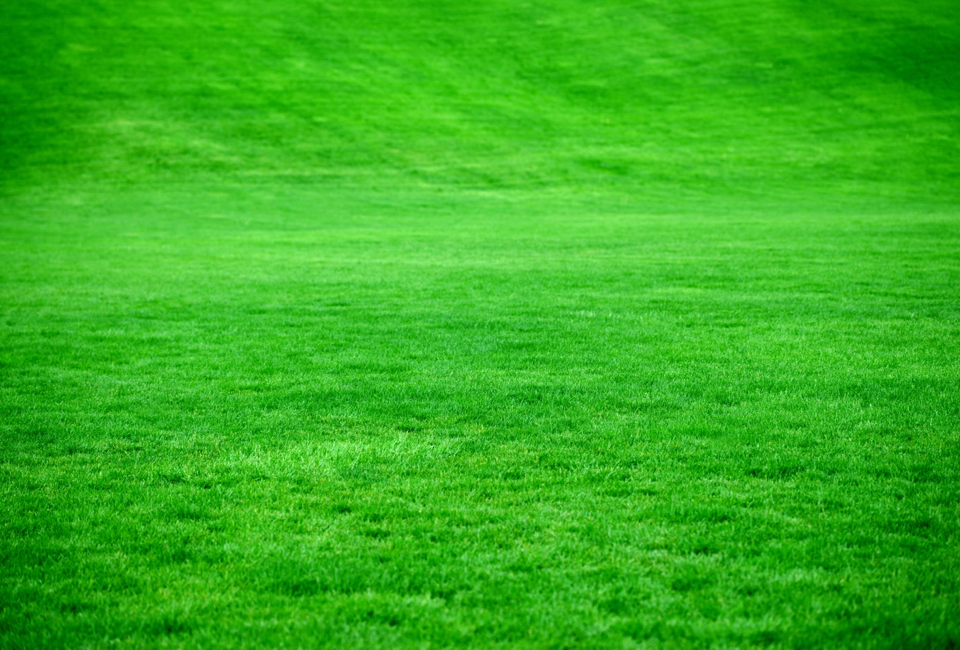
Now And Zen: 10 Inspiring Ideas For A No-Worry Rock Garden
December 6, 2018
Benefits of Raised Garden Beds
December 23, 2018Before you step on that bug you see scampering across your yard, you might want to stop and consider whether or not it’s actually beneficial to your landscape. There are many creepy crawlies that will prey on your precious plants. However, there are also plenty of insects that are actually helpful. These beneficial insects are responsible for everything from natural pest control to pollinating your garden. Here are six garden-friendly bugs that you welcome into your yard:
Ladybugs
Most of us are familiar with the fact that ladybugs are good for your yard. In fact, you’ve probably seen them for sale at some point at your lock hardware store. The main reason why ladybugs are so great for your garden is that they prey on actual pests. Over the course of its lifetime, a ladybug eats thousands of pesky aphids, mealy words, and mites.
Unlike caterpillars that will eat their way through your garden, ladybug larvae actually do not harm your plants either. They actually also eat smaller bugs, which means these insects are helpful throughout their entire lifecycle.
Many of us find ladybugs fascinating to look at. However, there is a good reason for their bright red appearance. Ladybugs use their color to detract predatory insects and other animals from trying to eat them. As a secondary means of defense, they also secrete a particular odor that makes them unappetizing to insects and birds.
As mentioned above, you can purchase ladybugs at some stores, however, this may not be necessary. There are natural ways to attract ladybugs into your yard. Planting ladybug-friendly plants such as fennel or dill is a good place to start.
Wasps
You may be tempted to swat at wasp if it gets to close to you, but these insects can actually help you rid your garden of pests. When it comes time to reproduce, certain varieties of wasps will actually attach their larvae to pesky hornworms. Hornworms can be a huge nuisance in your vegetable garden, and once they begin reproducing, it can be difficult to get rid of them without pesticides. However, once attached, the wasp larvae will actually feed on the hornworm, effectively killing it.
Wasps can like hundreds of eggs at a time, which means that even one wasp can do a lot to manage your hornworm problem. So that next time you see a wasp buzzing about your yard, don’t swat at it! Your tomatoes will thank you later.
Adult wasps can be helpful in other ways as well. They are known for eating aphids, some types of caterpillars, flies, and beetles, just to name a few pests. It’s also important to note that not all varieties of wasps sting, although, they still might look menacing.
Ground Beetles
There are many different varieties of ground beetle right here in California, and thousands throughout the world. You may not have noticed very many ground beetles in your yard because they tend to like coming out at night more than the daytime.
Ground beetles are great for getting rid of some larger pests in your yard such as snails, slugs, and caterpillars. Ground beetles each other insects both in their adult and larvae stage, so this is another insect that is useful from the get-go.
Garden beetles seem to be attracted by fragrance, so there are a couple ways you can attract them into your yard. First, consider planting perennials near your vegetable garden. When they bloom, their fragrance may attract beetles. You can also position your compost pile somewhere near pest-prone plants.
Green Lacewings
You’ve probably seen green lacewings before, but you may not have known what they were called. Green lacewings are incredibly common. They are a type of small fly that are green in color with long wings that extend past the length of their body. Many mistake these flies for pests, like whitefly, however, the opposite is true.
Green lacewings are known for eating aphids, mealybugs, whiteflies and other pests in your yard. As stated, they are relatively common in many yards. However, if you really want to attract green lacewings you can try planting dill and coriander in your herb garden which seems to appeal to them.
Praying Mantis
Not only are praying mantis insects really interesting to look at, they are also hard workers in your garden. Praying mantis are by far the largest insect on this list, which means they have that much more pest-eating power. When it comes to large pests like moths, crickets, and caterpillars, a praying mantis will be up to the task every time. Praying mantis enjoy hiding in tall grass and shrubs while they wait for a meal. If you want to make sure that your yard is praying mantis friendly, consider adding some plants that will make for good hiding spots.
Spiders
You are probably already aware that spiders eat bugs both large and small. However, even with this knowledge, so many homeowners are quick to kill a spider on site. Do you best to resist the urge and you will be rewarded with less aphids, caterpillars, fruit flies, and grasshoppers to worry about. The next time you see a spider in your yard, simply let it be. If it makes a web in a particularly inconvenient spot, consider moving the spider to a better spot in your yard.
Bees
If you want plants in your garden the depend on pollination, then you need bees in your yard. Bees are powerful pollinators. They can help your berry bushes, tomato plants, and flowers thrive. Sadly, there are less and less bees in the world each year. While we don’t fully understand what is causing bee populations to drop, we do know that the use of harmful chemicals such as pesticides has played a part.
If you want to create a bee-friendly yard, consider adding a bee hive to the far corner of your property. That way the bees will have a safe place to thrive, but they won’t always be close to your living space.


